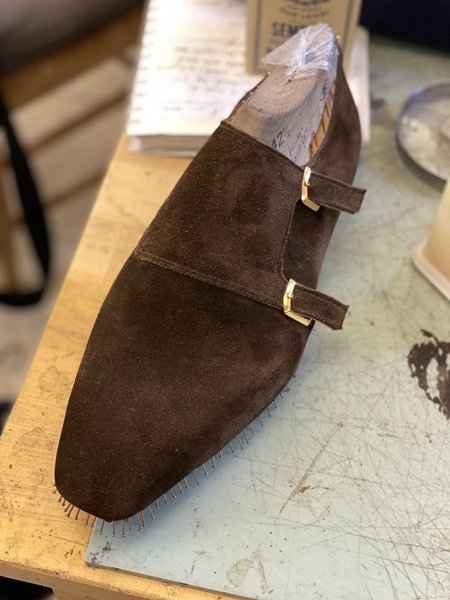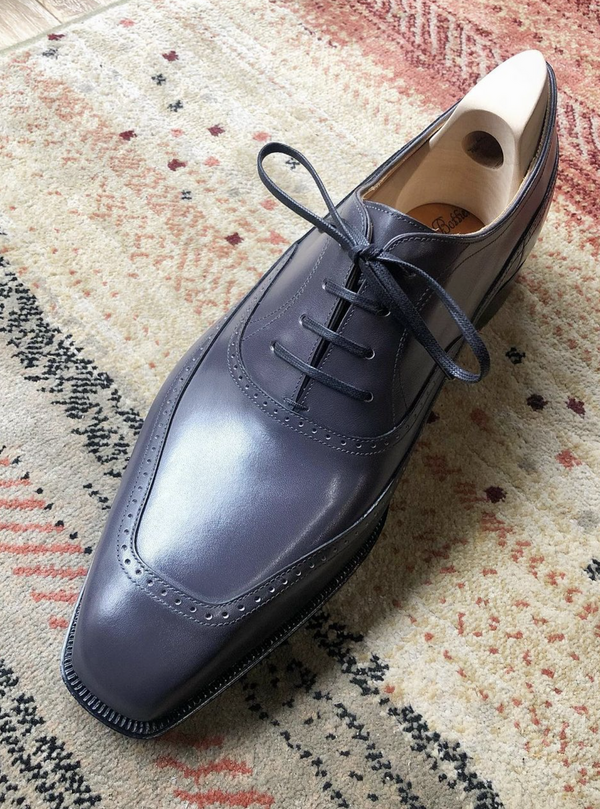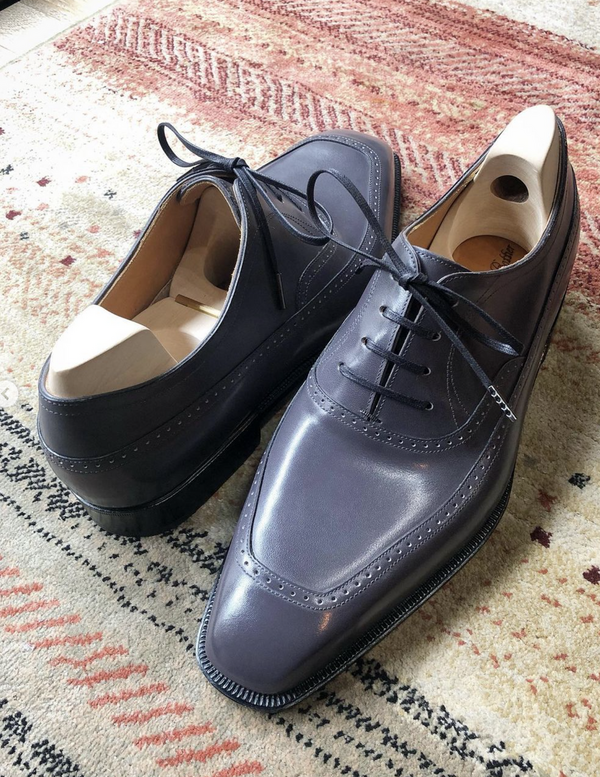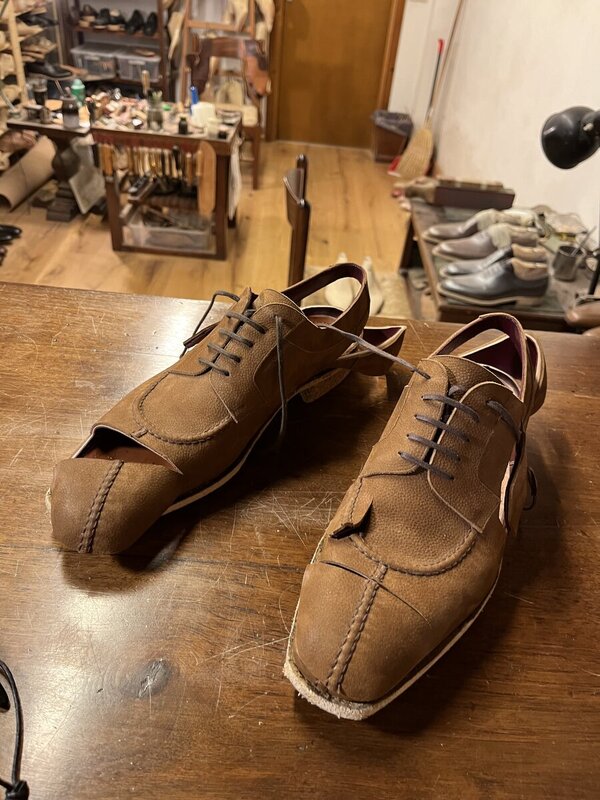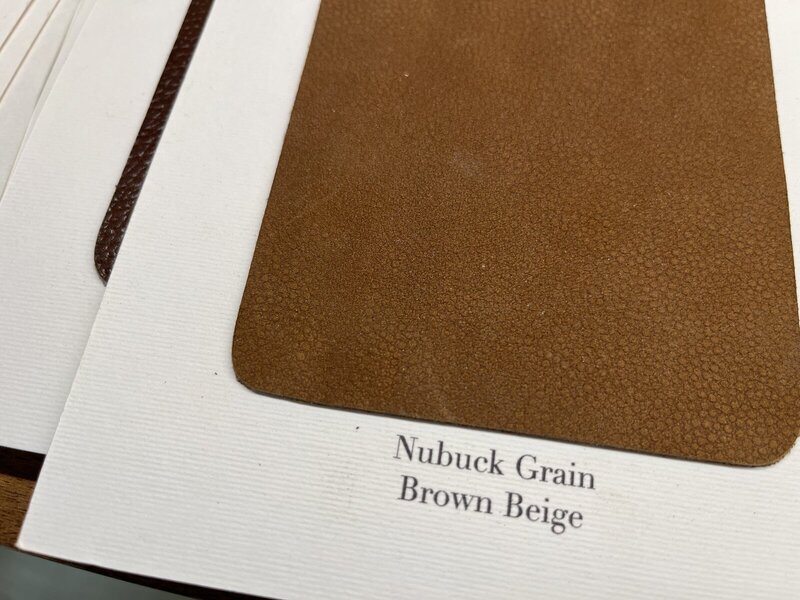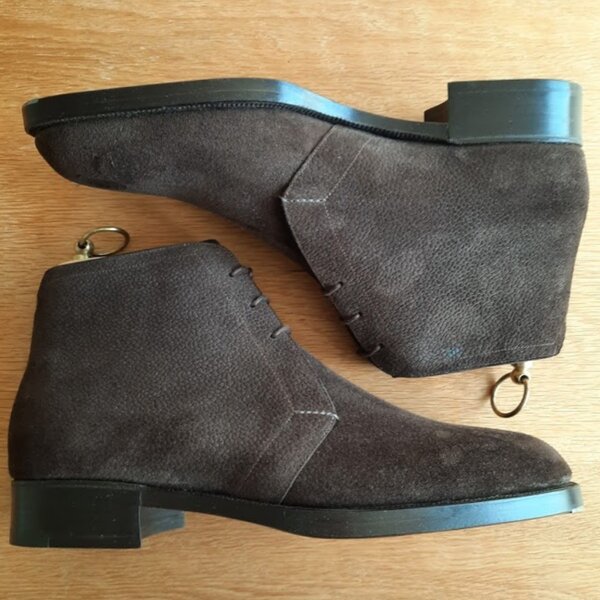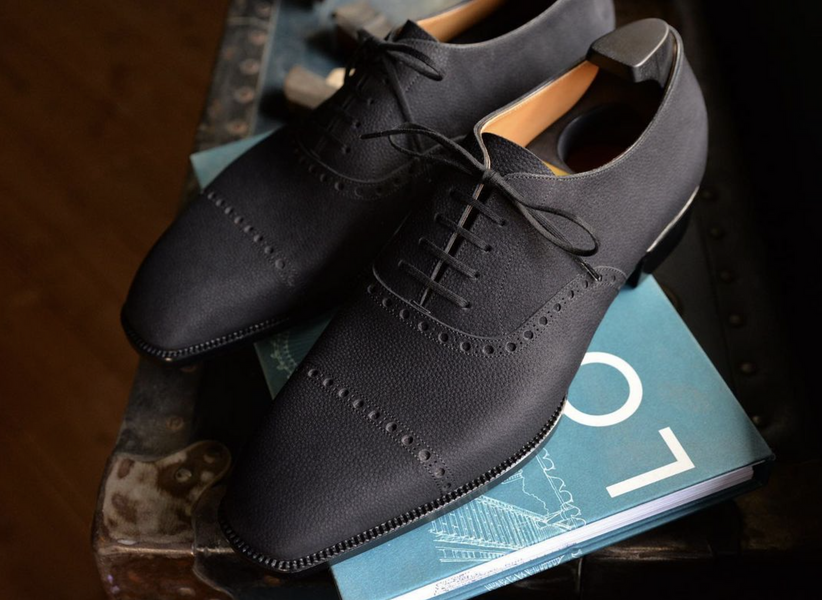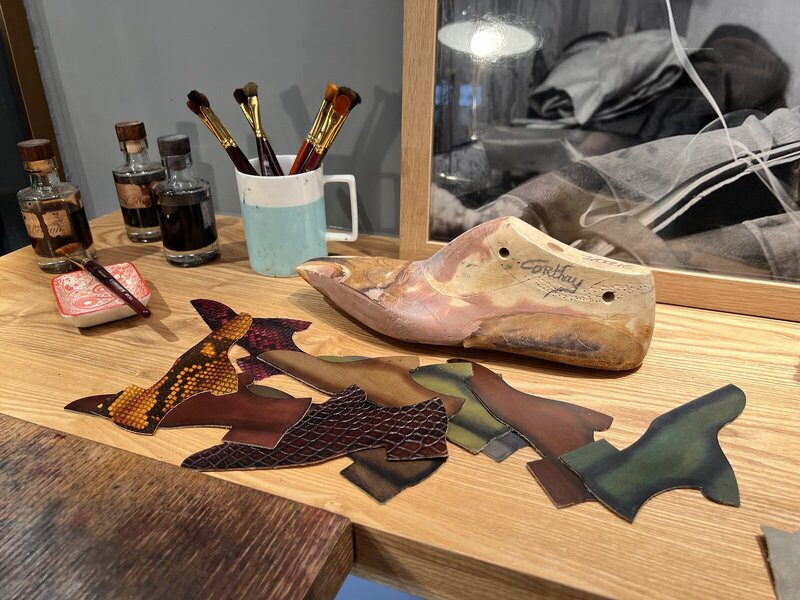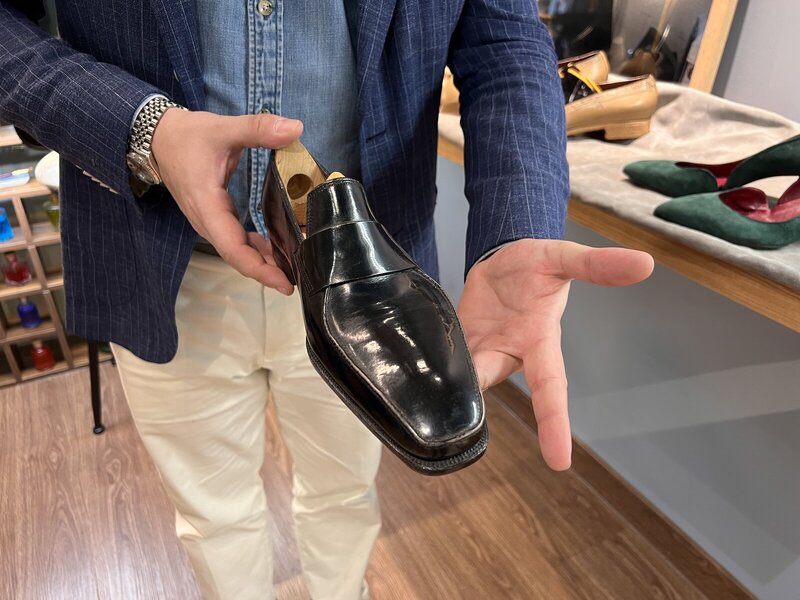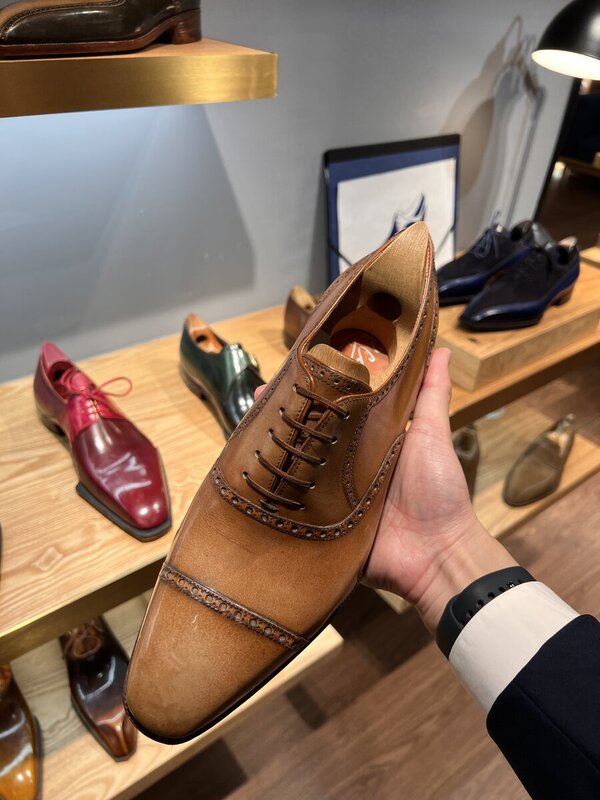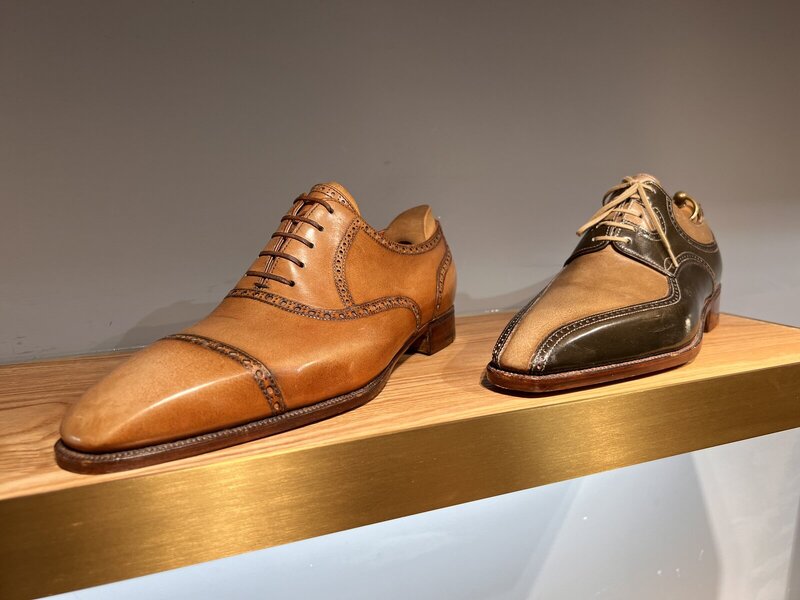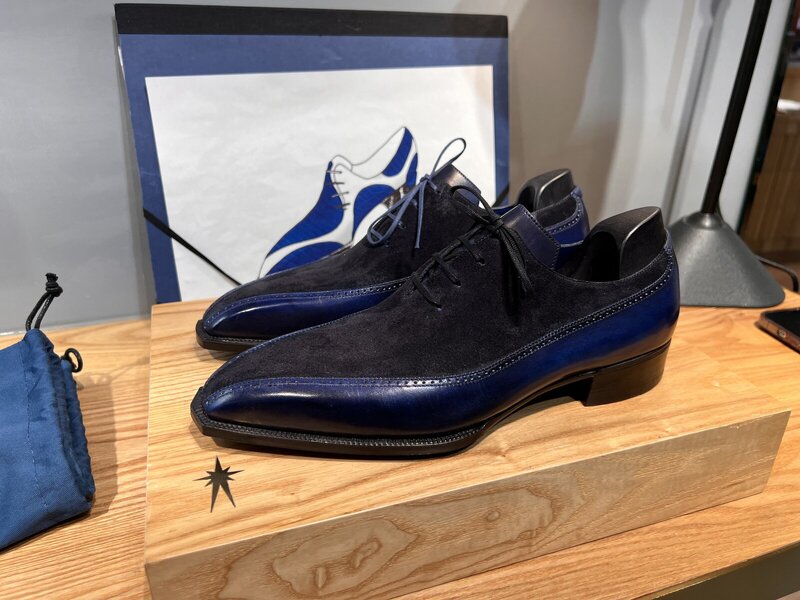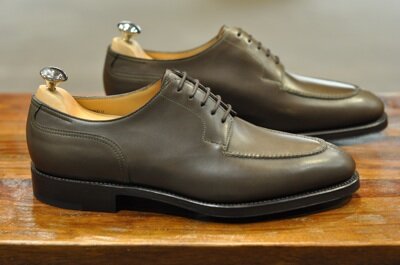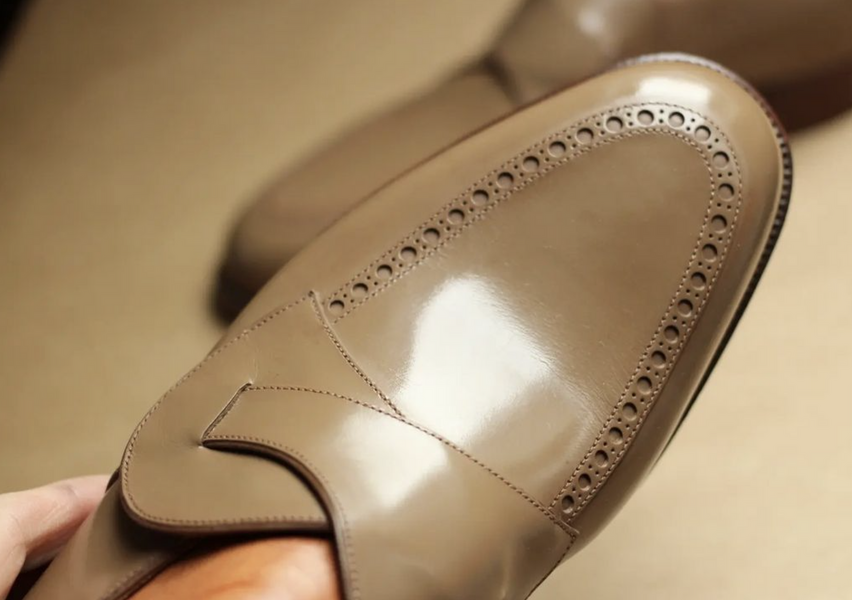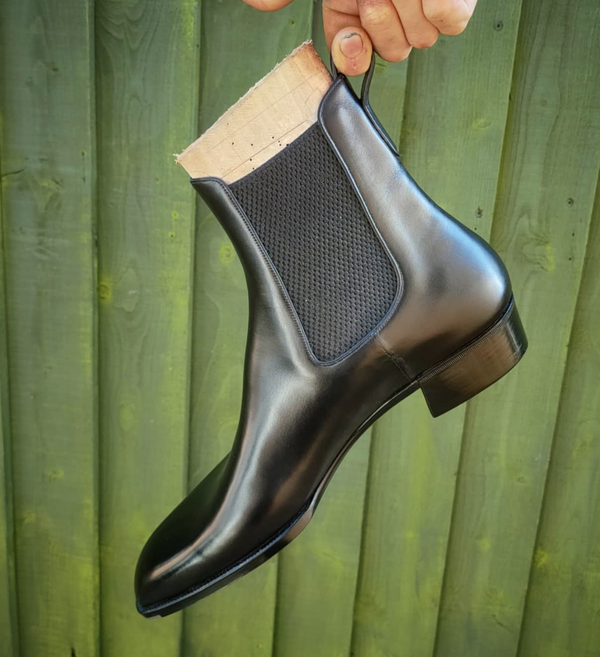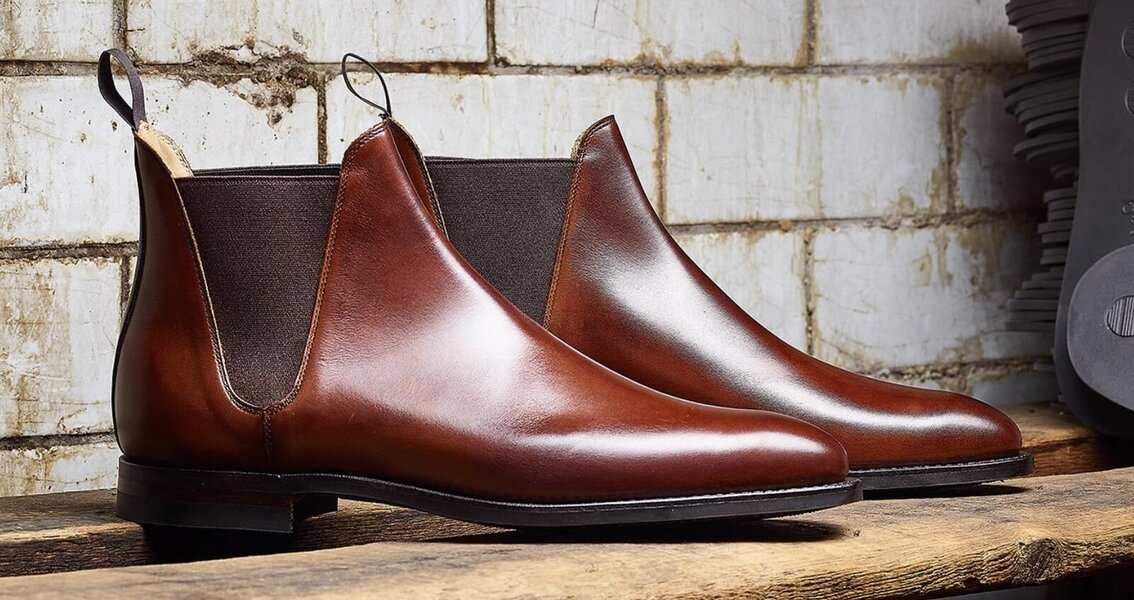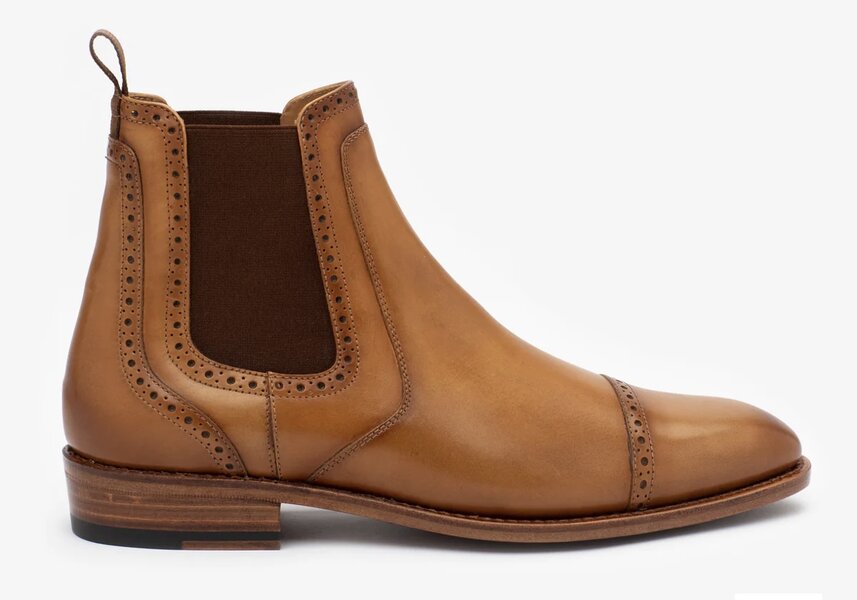jonathanS
Distinguished Member
- Joined
- Sep 25, 2013
- Messages
- 2,916
- Reaction score
- 1,628
What are people's thoughts on a first pair of bespoke shoes? I think I read somewhere that the first bespoke should be a lace-up. While I enjoy a nice oxford, I rarely wear the ones I have (and I have a lot that I got because I liked the idea of wearing them).
Currently, my main shoes I wear are (off the top of my head):
I also have boots, that I rarely wear (even less than oxfords - Oxfords get worn 3-4x/season).
My plan was to use Ugolini for bespoke shoes, and, while I like the idea of an oxford, I worry I won't wear it often enough. So, I am thinking about getting a pair of tassel loafers as my first bespoke shoes. Perhaps a Medium brown, or burgundy pin-grain. I'm open to other's opinions. My RTW shoes do fit decently well, I'm not sure its worth it to start replacing them with bespoke yet, and I've been looking for a tassel loafer - I used to wear a pair of blake welted tassel loafers a lot, but I stylistically outgrew the construction of those loafers (I could get into a long post about the proportions of the blake welted loafers but this is already too long.
Currently, my main shoes I wear are (off the top of my head):
medium brown G&G Antibes (penny loafer with a twist),
Brown Suede G&G Monaco (penny loafer)
Tan G&G Monaco (Penny Loafer)
Light Blue Suede EG Duke (Penny Loafer)
Brown Suede G&G Monaco (penny loafer)
Tan G&G Monaco (Penny Loafer)
Light Blue Suede EG Duke (Penny Loafer)
When I wear Oxfords (far less often), I wear:
Brown Museum Calf Anthony Cleverly Captoe Oxfords
Black Anthony Cleverly Captoe Oxfords
Burgundy G&G Westbury (Wholecut with stitching around the laces)
Tan G&G Austerity Brogues
Brown Museum Calf Anthony Cleverly Captoe Oxfords
Black Anthony Cleverly Captoe Oxfords
Burgundy G&G Westbury (Wholecut with stitching around the laces)
Tan G&G Austerity Brogues
I also have boots, that I rarely wear (even less than oxfords - Oxfords get worn 3-4x/season).
My plan was to use Ugolini for bespoke shoes, and, while I like the idea of an oxford, I worry I won't wear it often enough. So, I am thinking about getting a pair of tassel loafers as my first bespoke shoes. Perhaps a Medium brown, or burgundy pin-grain. I'm open to other's opinions. My RTW shoes do fit decently well, I'm not sure its worth it to start replacing them with bespoke yet, and I've been looking for a tassel loafer - I used to wear a pair of blake welted tassel loafers a lot, but I stylistically outgrew the construction of those loafers (I could get into a long post about the proportions of the blake welted loafers but this is already too long.

